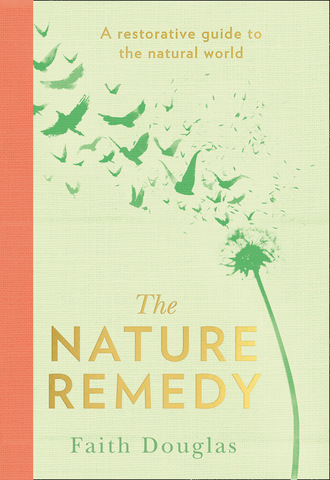
Полная версия
The Nature Remedy
When the light from the Sun reaches our Earth’s atmosphere, it’s scattered in all directions by the particles and gases in the air. Blue light is scattered further than other colours as it travels in shorter and smaller waves than they do. This explains why we see those wonderful blue-coloured skies on cloud-free days.
While we can see blue in the middle of the day, the reds, oranges and purples of a stunning gorgeous sunrise or sunset are created when the Sun is lower in the sky, which means that the Sun’s light passes through much more of the atmosphere. Even more blue light is scattered, which allows the reds, yellows and oranges to pass through so we can see them.
Or can we? According to science, everybody’s colour vision could vary and some research has gone so far as to suggest that one person’s blue could be another person’s red.2
REMEDY
BLUE SKY MEDITATION
There is a Tibetan meditation practice called blue sky gazing, which comes from the Dzogchen Buddhist tradition of teachings. These focus on discovering and continuing in the natural primordial state of being. It is believed that by gazing into the clear blue sky our minds will become clear and open, just like the sky above us. In the same way that the sky is unaffected by the passing weather, it is said that our minds too can be unaffected by our passing thoughts or feelings if we can reach this higher path.
1 Lie on your back outside, ideally with an expanse of clear sky overhead.
2 Take a few moments to calm your mind by taking some slow, deep breaths.
3 Gaze softly at the sky.
4 Each time your mind wanders, gently focus back on the in-breath and the out-breath.
5 See your thoughts as passing clouds, and let them drift past.
6 Notice your in-breath and how it dissolves into the space inside you.
7 Each time you follow the breath out, notice how it dissolves into the space outside you.
8 Keep following the in-breath and out-breath as they dissolve in the inner space and the outer space as part of the same cycle.
9 Notice how the inner space of the mind and the outer space of your being are exactly the same: the inner space is at one with the outer space.
CLOUD GAZING
While I appreciate the beauty of a clear blue sky, I also enjoy gazing upon skies full of fluffy white clouds. Even as an adult, I like to spend time cloud gazing, and I love listening to my children’s wild imaginations when they join me, spotting the different fluffy shapes in the sky, watching how they move and change into different forms and shapes as if by magic.
Clouds are made up from water droplets or ice crystals and form when moist, cold air rises. At the point that the air cannot hold all of the water vapour in it, small light droplets or crystals create cloud. According to the World Meteorological Organisation’s International Cloud Atlas, there are over a hundred different types of cloud. These can be grouped into ten basic types depending on their shape and where they sit in the sky:
1 CUMULUS These white fluffy clouds develop on a clear sunny day and bob around in blue sky like The Simpsons’ clouds.
2 STRATUS These line the sky on dull, overcast days. They usually come with drizzle and fog – and that gloomy feeling.
3 STRATOCUMULUS Formed when cumulus join together to create a patchwork of cloud in the sky; these can be white or grey in colour.
4 ALTOCUMULUS Often mistaken for stratocumulus, these clouds sit higher up in the atmosphere. To tell the difference, place your hand up to the sky towards the cloud: if it’s thumb-sized, it’s altocumulus; if it’s more of a fist size, it’s stratocumulus.
5 NIMBOSTRATUS Dark grey in colour and usually blocking out the Sun, these are rain clouds.
6 ALTOSTRATUS This forms a sheet of cloud that covers the sky but which is thin enough to see the Sun through. These usually form ahead of a warm day.
7 CIRRUS The little fluffy, wispy clouds that you see on a fine warm day.
8 CIRROCUMULUS What we call in our family ‘bits and bats’ cloud, these small patches of cloud form high up and are ‘cloudlets’.
9 CIRROSTRATUS A thin veil that appears when the atmosphere is full of moisture, these clouds can create a halo effect around the Sun or the Moon.
10 CUMULONIMBUS These huge clouds are generally darker at the bottom and they rise up high. These are thunderstorm clouds and generally a sign of severe weather. (These clouds generate a huge amount of excitement and energy within our family, with the thought of a good dramatic storm approaching.)
REMEDY
CLOUD APPRECIATION
While cloud gazing is a popular pastime in our family, so is cloud spotting, which led me to discover the Cloud Appreciation Society. This society was formed in 2005 by Gavin Pretor-Pinney to spread appreciation for these cotton-wool wonders, and now has over 46,000 members worldwide.3 Their interesting website features a cloud of the month and a range of amazing cloud photos, poems and artwork.
Why not make cloud appreciation part of your life, too? On the first and last days of every month, and whenever you spot a spectacular sunrise or sunset, take a photograph of the clouds in the sky until you have captured the whole year.
THE SUN
I love sitting in my garden when the Sun is shining, regardless of the temperature – if it’s a cool autumnal day I’ll still sit outside, but with a few more layers on than normal. Even on a working day, I’ve been known to take my laptop outside to soak up every bit of sunshine possible, and though I often find myself battling with the sunlight on the screen in front of me, I think it’s worth it.
The Sun is around 4.6 billion years old and sits at the heart of our solar system. Unlike Earth and the other large celestial bodies that form our solar system, the Sun isn’t actually a planet; it’s a star – a huge hot burning ball of hydrogen and helium. About a million Earths could fit inside the Sun as it’s so vast, while the temperature of the part of the Sun that we can see is 5,500°C. The ultraviolet radiation that the Sun gives off is harmful to all living things and it’s what causes us sunburn. However, solar heat is necessary for life to survive on Earth, while sunlight itself is a source of vitamin D.
HEALTH-GIVING SUNLIGHT
Vitamin D is essential for keeping our bones and teeth healthy, supporting the function of our heart and lungs and the health of our brain, nervous system and immune system. As humans, we can get some of our vitamin D from our diet, but the most natural and effective way is from the Sun through our bare skin. While there are a number of factors that affect the amount of vitamin D that the human body makes from sunlight – such as location in the world, time of day, skin colour and how much skin is exposed – you don’t need to risk getting sunburnt to acquire vitamin D, as it can take as little as 15 minutes outside for a fair-skinned person to make the necessary amount.
There has been an increase in people suffering from vitamin D deficiency in recent years and I do wonder if this is an effect of this technological age of ours; with people spending much more time indoors and less time outside, it’s little surprise that it’s affecting our health. During my last pregnancy I was surprised to find that it was expected that I would take vitamin D supplements as a matter of course. I declined, as I spend a great deal of my life outside and I am now very aware of how much time my youngest children spend outdoors too.
After a day at school or nursery, we often walk the dogs through the woods or we make time for a ride on our bikes. Our family weekends are spent mostly outside regardless of the weather, be it by the side of a rugby pitch cheering on the team, chopping wood, doing chores or going on an adventure somewhere new. Even when my youngest, Lilith, was a tiny baby she had many of her naps outside in the garden either in my arms or wrapped in a blanket and laid on the grass. In Scandinavian countries, it’s a tradition to leave babies outside to nap as this is believed to aid the child’s sleep patterns and promote good health.4 These infants are wrapped up in appropriate clothing and doze quite happily in sub-freezing temperatures.
Given the Sun’s life-giving properties, it is little wonder that humans have worshipped the Sun from the dawn of time itself.
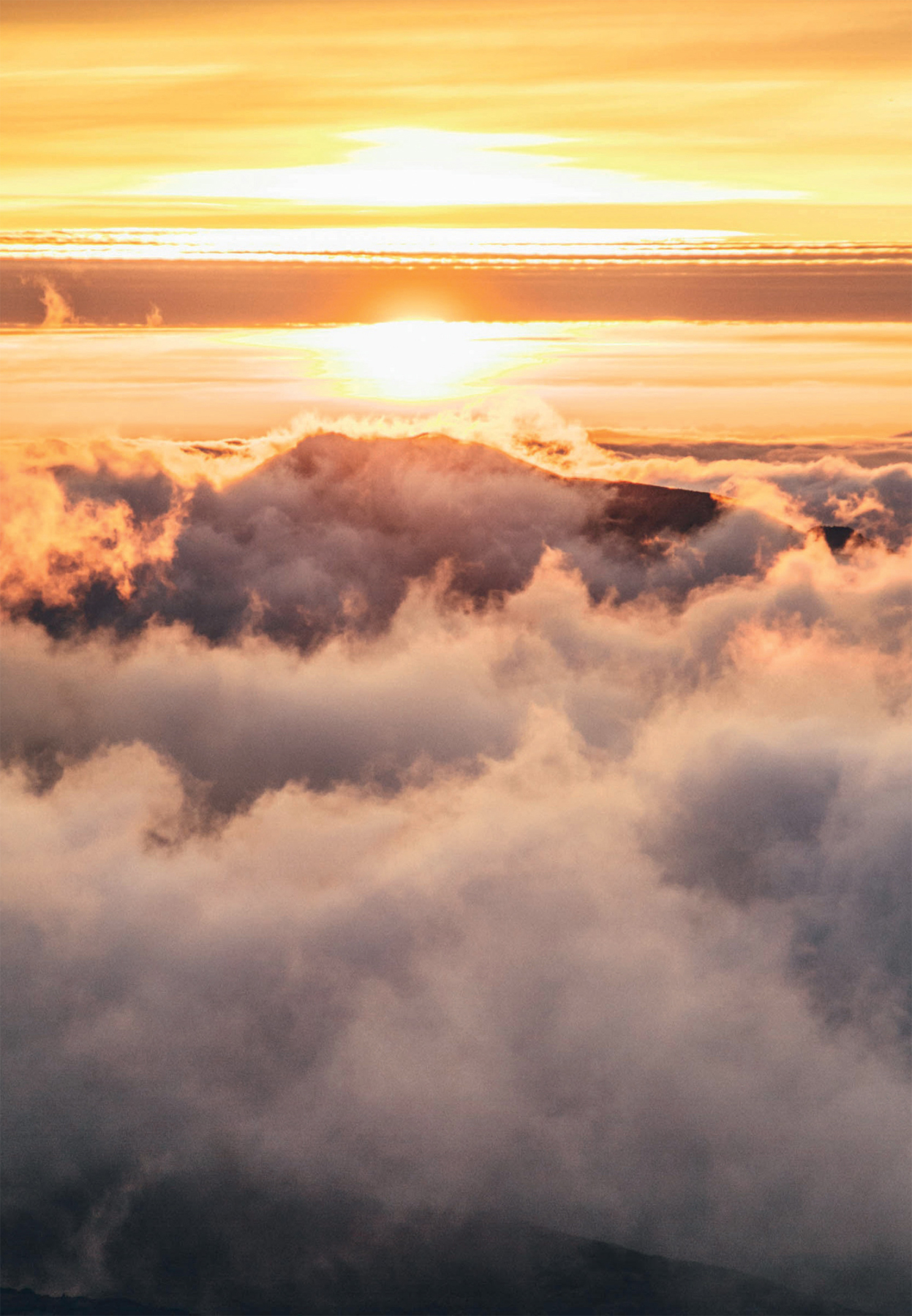
THE SACRED SUN
Cultures all over the world have traditionally worshipped the Sun, with the summer solstice often being revered as a peak time of the year for growth and abundance. In the Northern Hemisphere, the summer solstice takes place on around 21 June, marking the time of the year when the Sun is at its highest point in the sky. The word ‘solstice’ is taken from the Latin sol meaning ‘sun’, and sistere, meaning ‘to stand still’.
In the UK, the summer solstice is one of the best times to visit Stonehenge. This stone circle was built around 3100 BCE, and while the reasons behind its construction remain largely unknown, the astronomer Sir Norman Lockyer pointed out that the north east axis aligns with the sunrise at summer solstice, which led to conjecture that the builders of the henge were perhaps Sun worshippers.5 Today Stonehenge is still the focal point for many modern-day druids and pagans at important seasonal festivals such as the two annual solstices.
Elsewhere in the world, the ancient Egyptians aligned the great pyramids with the Sun and worshipped the Sun god Ra, who was said to be the ruler of the heavens and the bringer of light. Ancient Greeks similarly worshipped the Sun god Helios, who was said to ride a giant golden chariot pulled by winged horses across the skies, with which he towed the Sun. In Native American traditions, a sun dance was often performed not only to honour the Sun but also to bring about healing for the tribe and visions for the dancers. A sun dance could last for a number of days and was a test of a young warrior’s endurance: a tree would be felled, decorated and painted and stood up at the site of the dance, the tribe would then paint their bodies and dance around the pole to sacred chanting and drum beats.
Today, I suppose the deckchairs you see lining the beach or around a pool could be seen as a form of Sun worship, too!
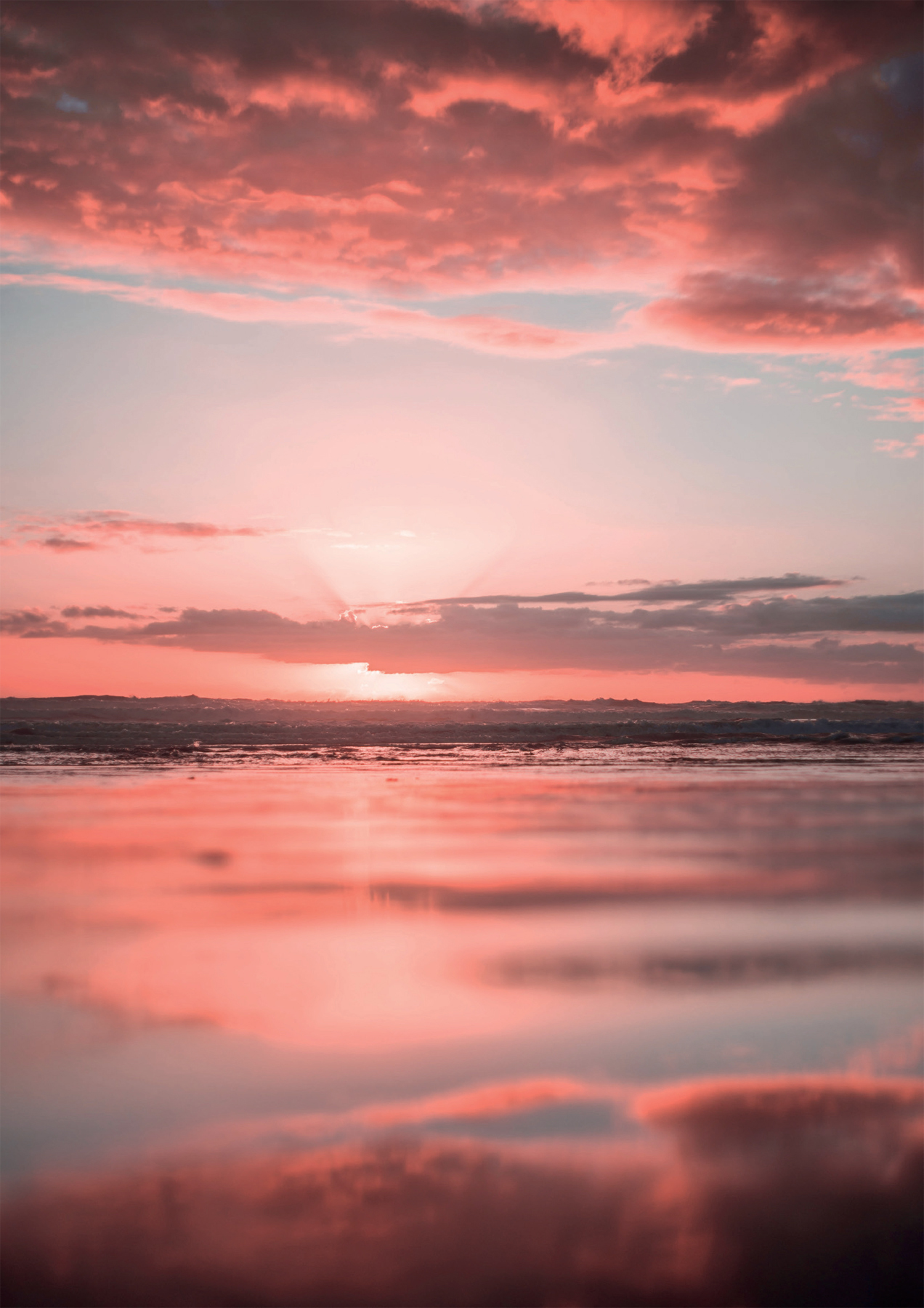
SKY LORE
Given how important the weather is to us, it’s perhaps no surprise that there are popular folk sayings about the Sun and sky. One that we often quote in our family is still used by many others today:
‘Red sky at night,
shepherd’s delight.
Red sky in the morning,
shepherd’s warning.’
Another variation is:
‘Pink sky at night,
sailor’s delight.
Pink sky in the morning,
sailors take warning.’
However, the oldest version of this phrase is found in the Bible, Matthew 16:2–3
‘When it is evening, you say,
“It will be fair weather;
for the sky is red.”
And in the morning,
“It will be stormy today;
for the sky is red and threatening.”’
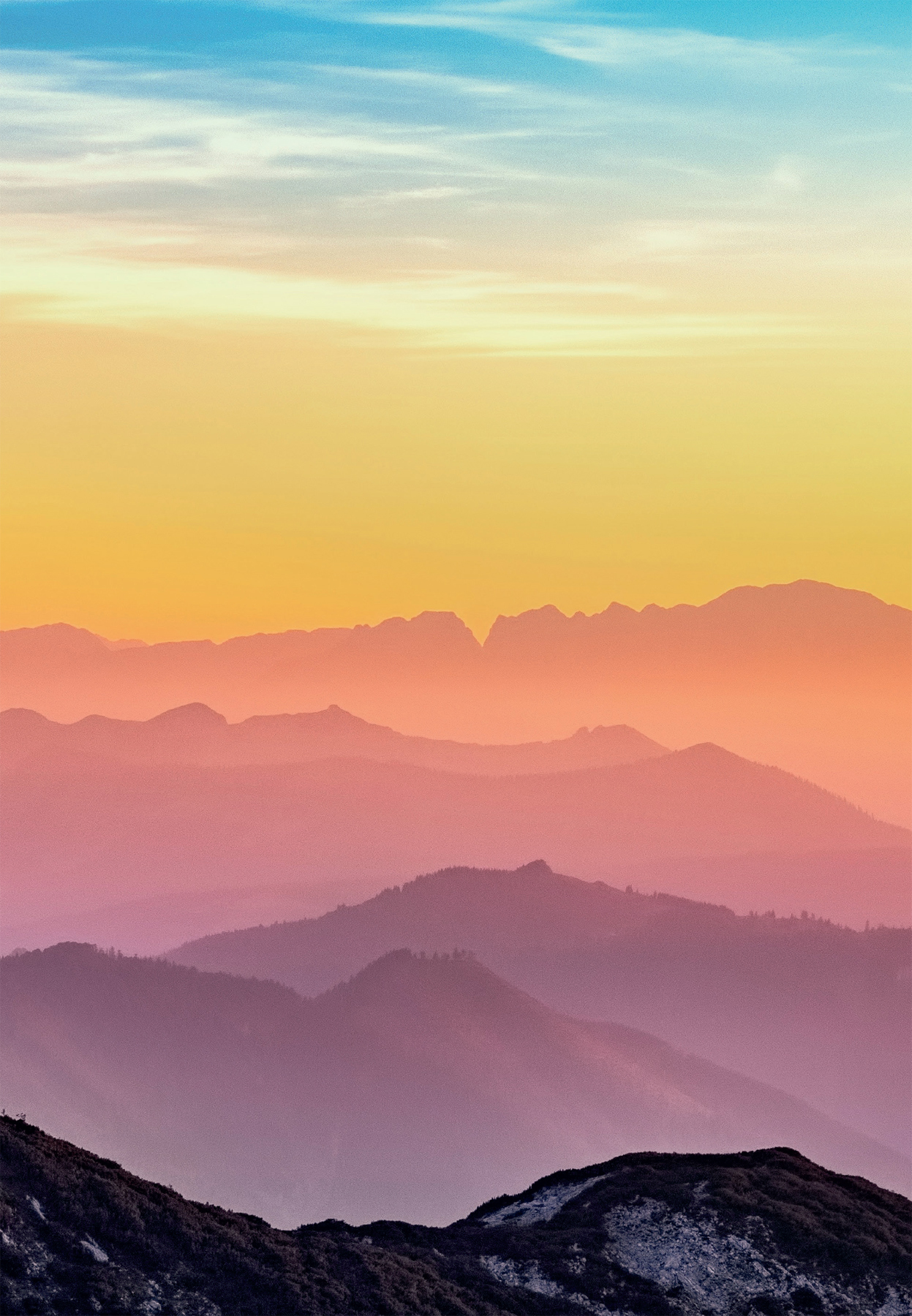
COLOUR THERAPY
From the blues of clear skies to the golden colours of the Sun and the greens of the landscape, our natural world is ablaze with colour. When we slow down and take the time to really look, we might be surprised at just how much colour there is; the more you look, the more you notice. I often tell my groups at the arboretum that the grass isn’t just green; we need to linger longer to notice all the different shades in it.
Going back through history, many cultures have used colour as a form of healing treatment. In fact, ancient Egyptian scrolls dating back to 1550 BCE were found to contain evidence of colour being used to heal ailments, while ancient Chinese texts also reveal that colour was used as a cure.
If we look at the colours of our natural world, we can apply them to a holistic therapy called chromotherapy which works with the effects that colour has on our minds and bodies:
THE BLUE OF THE SKY AND THE SEA
This colour brings about calm and serenity, is relaxing for the body and mind and lowers blood pressure and heart rate.
THE GREEN OF THE LANDSCAPE
Green is about comfort; also important for growth and renewal, it is said to be beneficial for our heart, lungs and circulation.
THE YELLOW OF THE SUN
This colour promotes happiness, can stimulate our minds and have a detoxing effect.
THE RED AND ORANGE OF THE SUNRISE AND SUNSET
Red is a passionate and warm colour that energises us, while orange also radiates warmth and promotes happiness.
THE NIGHT SKY
What about the sky at night? I don’t know anyone who isn’t impressed by the sight of a Full Moon. In the parkland where I live there is little light pollution and it can be pitch black at night at times, but during a Full Moon on a clear night, everything is lit up and we love going out – be it to walk the dogs, pop the chickens to bed or simply to look up and marvel at our wonderful skies.
The Moon and our Earth exist in perfect sync with each other, so much so that we can only ever see the same side of the Moon from Earth and we need to use a spacecraft to observe its dark side.
PHASES OF THE MOON
The Moon has eight different phases, which have influenced human behaviour for thousands of years. A great example of this is our calendar, in which a month is roughly equal to a Moon cycle of 28 days The phases are as follows:
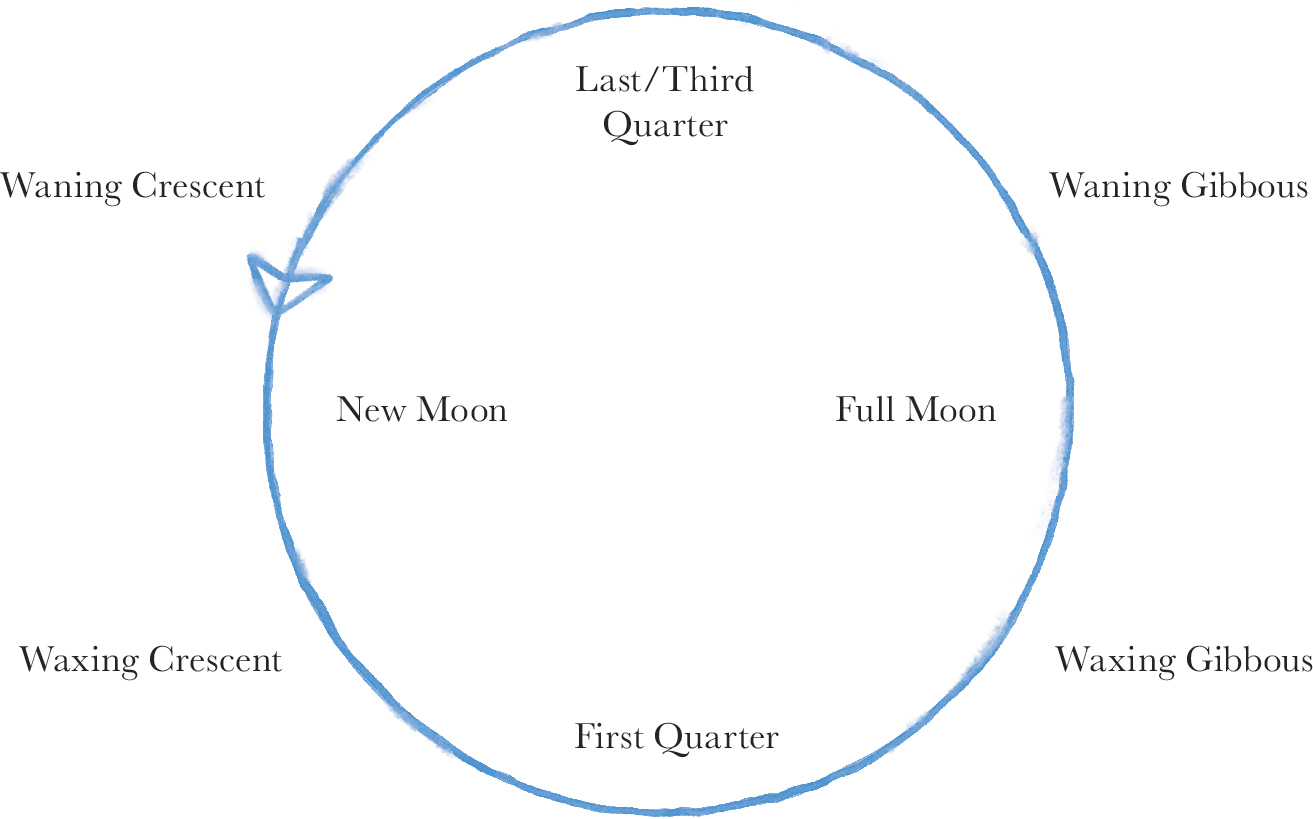
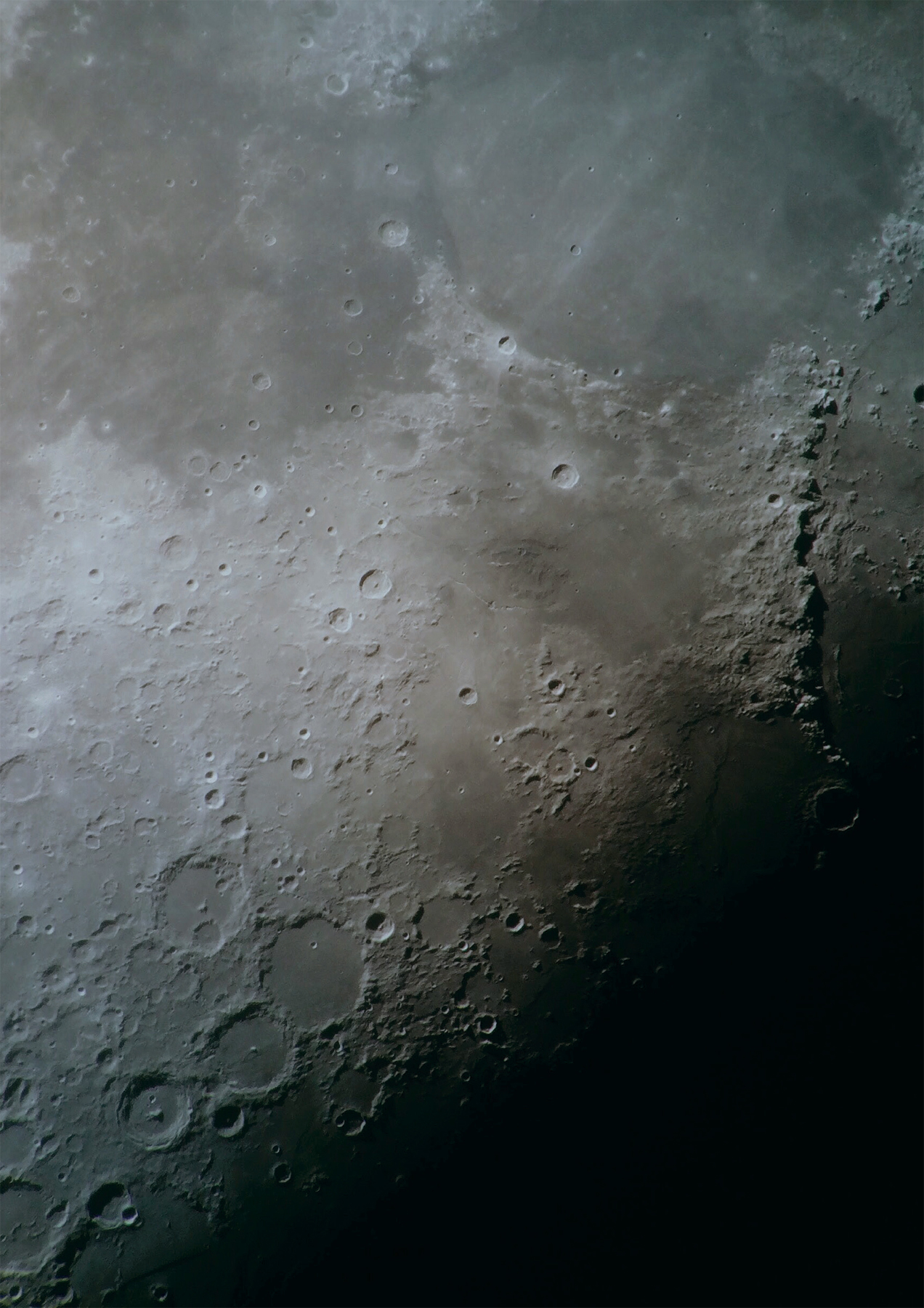
HOWLING AT THE MOON
We have all seen a movie or heard stories about people turning into werewolves and howling at the sight of a Full Moon.
Well, yes, wolves have been known to howl at a Full Moon, but they howl at a black sky with no Moon too.
These phases are still used today in lunar gardening and have been acknowledged as long as agriculture itself has existed.6 While some may see this approach as being based in mere superstition, there is some solid science to back it up.
The Moon and the Sun affect the Earth’s gravitational pull. With a gravitational pull of its own, the Moon has an impact on the Earth’s seas and causes rises and falls in sea levels that we know as tides. As the Moon pulls at the tides, it also pulls on the moisture content in the Earth and this in turn encourages growth. Scientific tests have shown that seeds planted at the Full Moon soak up greater amounts of water than during other phases. It’s also been found that the Full Moon is good for root growth, while the Waxing Moon is the ideal time to cut lawns and to harvest, prune and fertilise crops.
LUNAR LORE
The Moon is unsurprisingly the centre of many mysteries, magic and superstitions. It is, for instance, thought to be lucky to expose a newborn baby to a Waxing Moon and lucky if a Full Moon falls upon a Moon day or Monday. However, it is said to be unlucky to see a Full Moon on a Sunday and unlucky to sleep exposed to the light of the Full Moon.
That said, I have also heard that it’s energising to sleep in the light of a Full Moon, so I often sleep with the curtains open during a this lunar phase to test this theory. While I’m not really sure of the impact, I do know I love the sight of the Full Moon shining through our windows, as its brightness lights up the whole room.
‘It is a beautiful and delightful sight to behold the body of the Moon.’
GALILEO GALILEI, NATURAL PHILOSOPHER
The Moon features in many myths – both classical and urban. In Greek mythology, Selene was the Moon goddess who rode her Silver Moon chariot across the skies, while in Roman mythology the Moon goddess was called Luna. ‘Luna’ is the Latin word for Moon from which our word lunatic is taken, and was originally used to describe someone who was believed to go crazy at the different phases of the Moon.
The Moon has long been blamed for the behaviour of both people and animals, and although there is no scientific evidence to support this theory, I have to say that during my nursing career we did witness changes of behaviour among patients at the Full Moon. We often found that people’s sleep was poor during this phase and, of course, they were more likely to be agitated when sleep deprived.
A sleep study was carried out in which the participants slept in windowless rooms and they were still found to have sleepless nights during a Full Moon, so moonlight wasn’t an explanation to this unsolved mystery. Humans are made up of 60 per cent water and we already know that the Moon affects the water in our seas, perhaps the Moon does have some kind of effect on us after all.
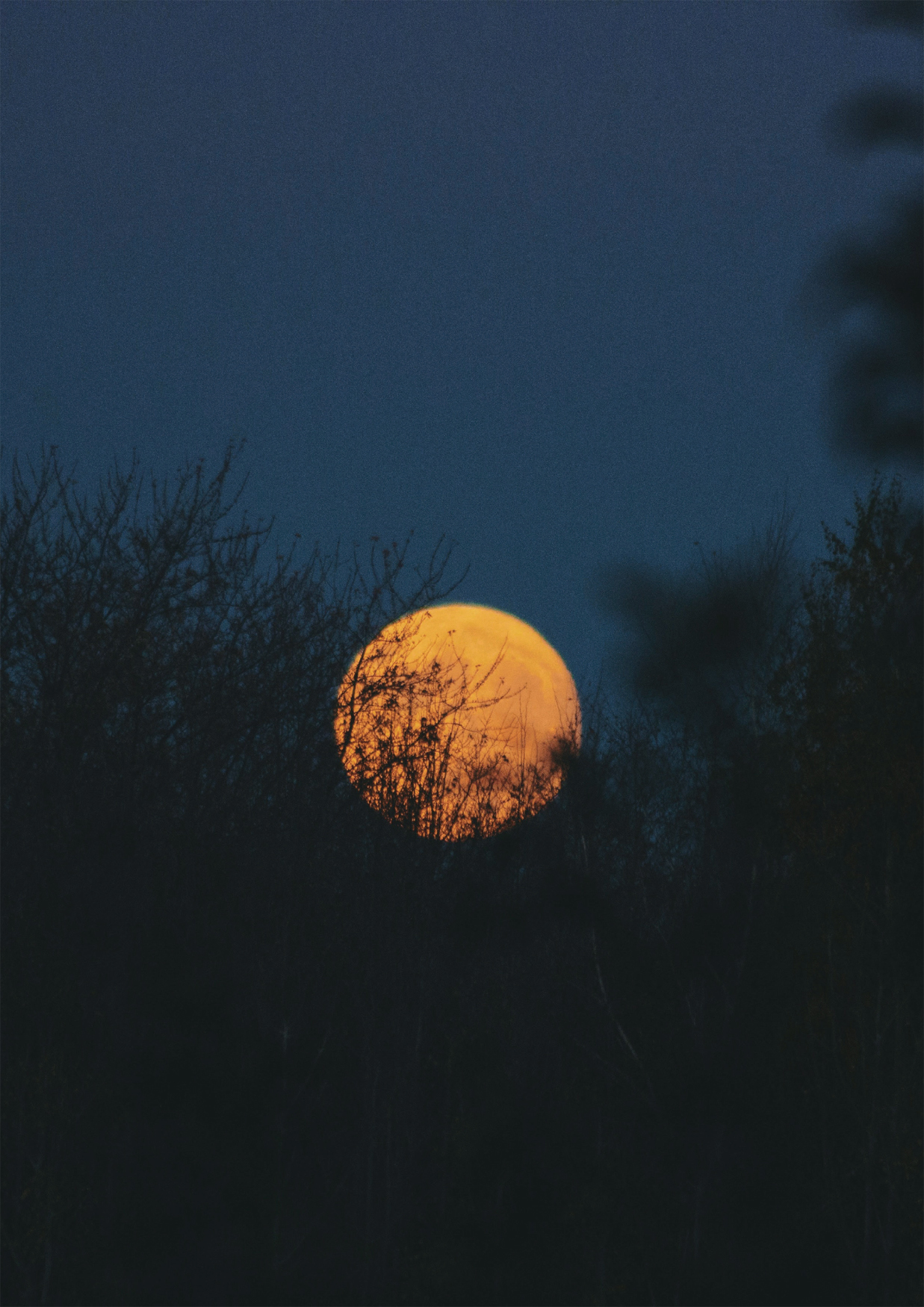
CATCH A SHOOTING STAR
On clear nights, my family and I often stargaze. We have spent many an evening dragging blankets and rugs outside with us, and lying on them until we get too cold or too sleepy, just to watch the stars under our massive parkland sky. If you don’t have to worry about getting children to bed early, it’s best to go out when the night is at its darkest between midnight and 4 a.m. Then it’s usually a bit of a competition to see who can spot the most shooting stars. It’s never long before we see the first one and the excitement builds from there.
There are a number of meteor showers that make their way annually through Earth’s atmosphere, which give us a great opportunity to spot shooting stars. Our family favourite is the Perseids meteor shower, which takes place around 11 August each year, when the evenings are usually warm and pleasant.
One of my fondest memories is of our first night on a camping trip to the Lizard Peninsula, in Cornwall, when my family sat outside our tent with my youngest son, Elliot, who was then aged nine. There was clear sky above us, next to no light pollution, and the stars that night were quite literally out of this world. We sat for a long time together and spotted many shooting stars and Elliot’s excitement each time he witnessed one was utterly contagious.
My family and I also like to see if we can identify the difference between planets and stars. Generally, the planets seem to be much brighter and don’t twinkle, whereas the stars do. This can often trigger much debate as to whether there is actual twinkling occurring or not.
We once experienced great excitement in our back garden, sat around our fire pit, when we witnessed a long line of travelling lights. Had it not been early summer we would’ve been sure it was Santa on his sleigh. As it was, we were convinced we had witnessed a UFO of some description. The next day I decided to google the event and sure enough, our ‘Santa’ was all over the internet. There had been a launch of sixty satellites the day before, and our excitement turned to disappointment, then to a sense of sadness, with the realisation that even the space above our heads isn’t free from humans and all our stuff.
THE ANCIENT ART OF ASTRONOMY
The evidence suggests that astronomy is the oldest natural science. Dating to c. 1600 BCE and discovered in modern-day Germany, the Nebra sky disk is made of bronze inlaid with images of the Moon, Sun and stars. It is believed that as well as being a religious object, this archaeological discovery may be an astronomical instrument. Native-American rock drawings dating from the same period have similarly been found to contain images of the skies above.
The Greeks and Romans were responsible for identifying most of the star constellations that we know today and naming them after mythological characters. The roots of much of their knowledge lay in the teachings of the ancient Babylonians, who not only created a calendar based on the Sun and the Moon phases but also devised zodiac or star signs in an age when astronomy was not seen as separate from astrology.
Our relationship with the stars goes back much further than this, though, with the discovery that we humans are essentially made up of star dust. Scientifically speaking, most of the elements that make up the human body were formed in stars billions of years ago. The six main elements that support our life – oxygen, hydrogen, nitrogen, carbon, sulphur and phosphorus – are found abundantly throughout the Milky Way. So we really are the stuff of stars.7
STARS AS NAVIGATION TOOLS
Stars have been used throughout history as natural navigational aids. While sailors could follow the coast line when close to land and refer to the directions of the eastern sunrise and western sunset during the daylight hours, night navigation was different. This was when they used the night sky like a huge map.
This is something that you can try for yourself by finding the North Star, also known as Polaris, which will always signpost you to the north. Start by looking for the constellation known as Ursa Major, also called the Plough or the Big Dipper. Some people even call it the Saucepan as it is an easily identified group of seven stars in the shape of a pan. Next, look for the pointer stars: if it were a real saucepan and you were about to pour it, the two pointer stars are on the side where the contents would come out. The North Star is exactly five times the distance between these two stars in the direction leading up and away from the pan. True north is the point just below the North Star.
REMEDY
GIVE A GIFT OF THE SKY
A night sky map makes a wonderful gift for a special occasion. I bought one for my other half to mark the time when we first met. It’s a beautiful picture of the night sky as it appeared over our heads on that exact day. Whatever the reason – a birth, wedding or other memorable event – a night sky chart makes a special memento, capturing the heavens themselves.8

THE EARTH
Let’s take our head out of the clouds now and bring our gaze back down to the ground beneath our feet. Have you ever thought about the Earth as being any more significant than the ground you’re standing on? It is so much more than just a surface for us to stick to. It’s our land, our planet, our spacecraft in our solar system, our home.
Scientists believe that leftover gases from the nebula that created the Sun formed our Earth around 4.5 billion years ago. The wonderful green and blue globe that we are lucky enough to share with millions of other different species of life hasn’t always been able to support life. To begin with, the Earth was molten due to extreme volcanic activity. Over time, its surface cooled and hardened, and condensed water formed clouds and rain – then the oceans were created. Over hundreds of millions of years, the Earth’s surface changed and land formed, creating a huge supercontinent which then split in two and again broke up and shifted to create what we now know as our continents today.



